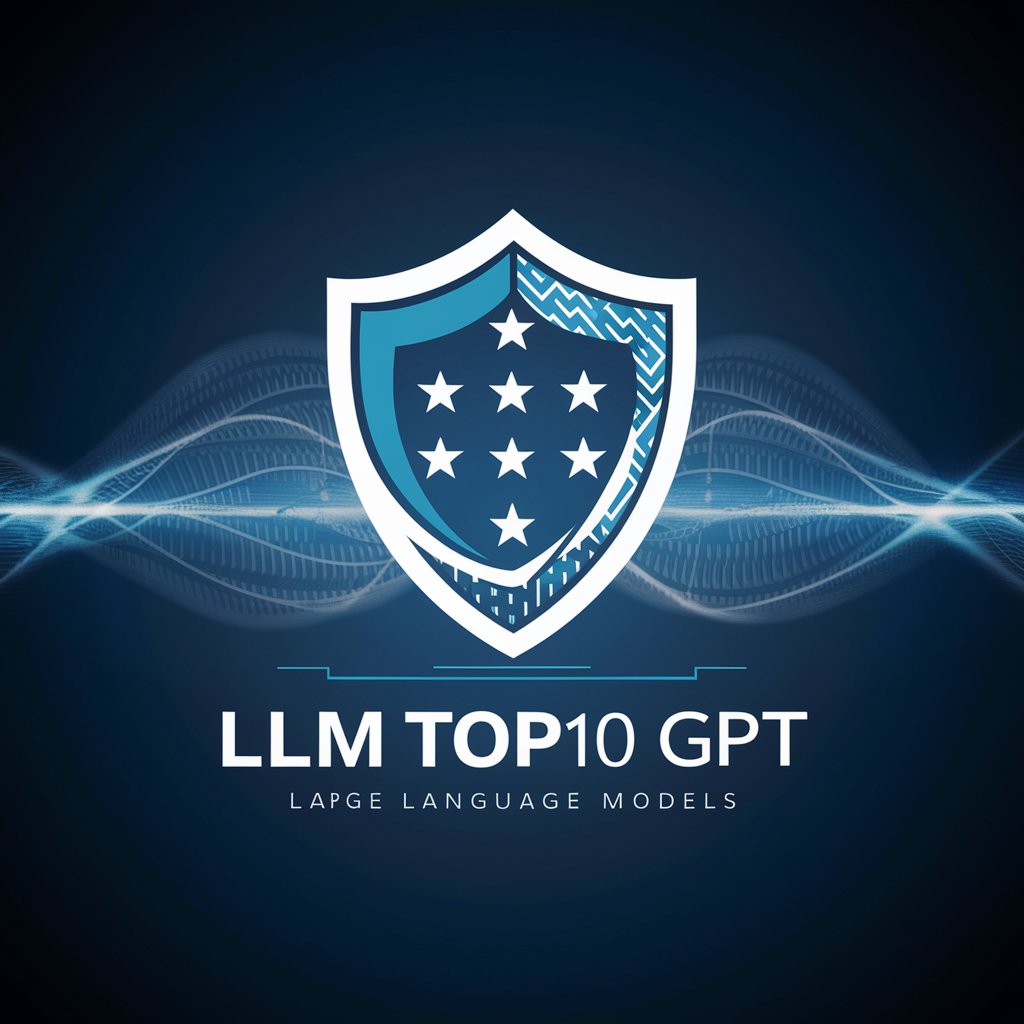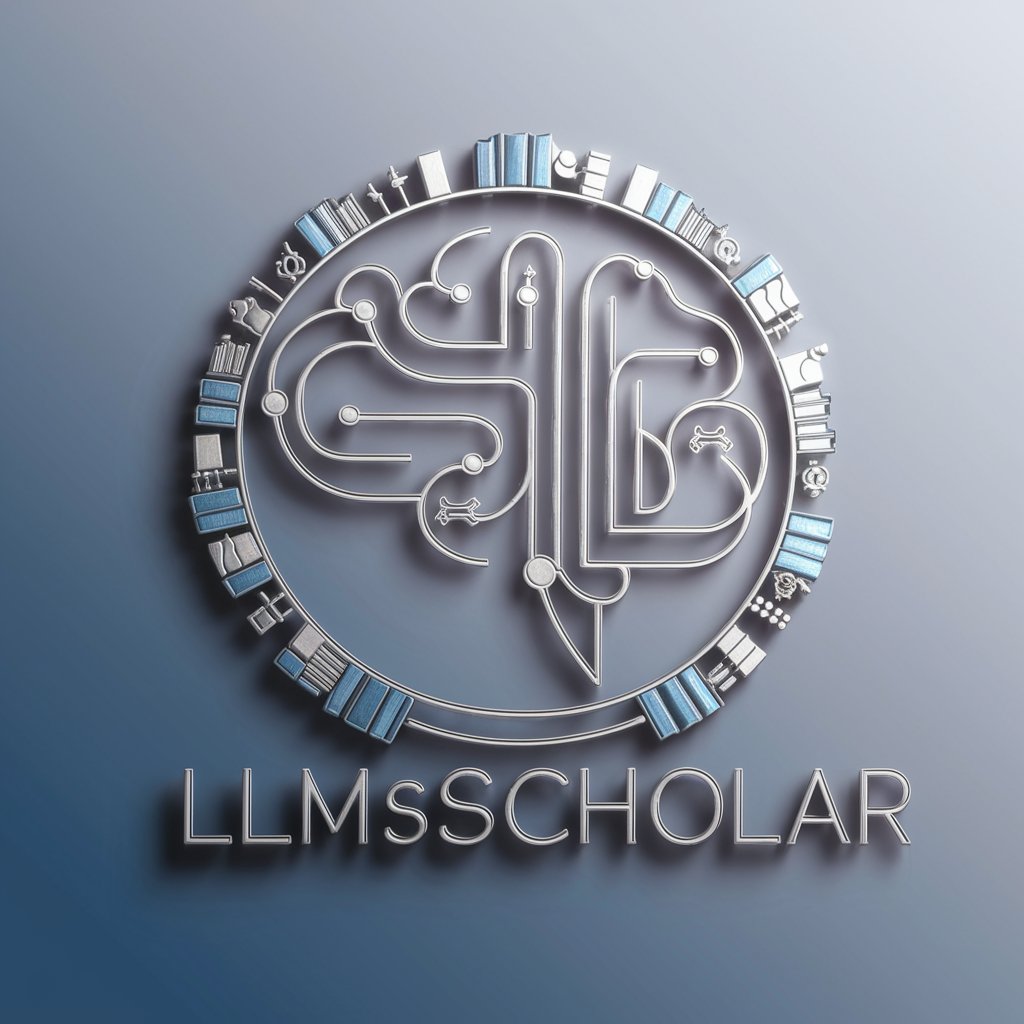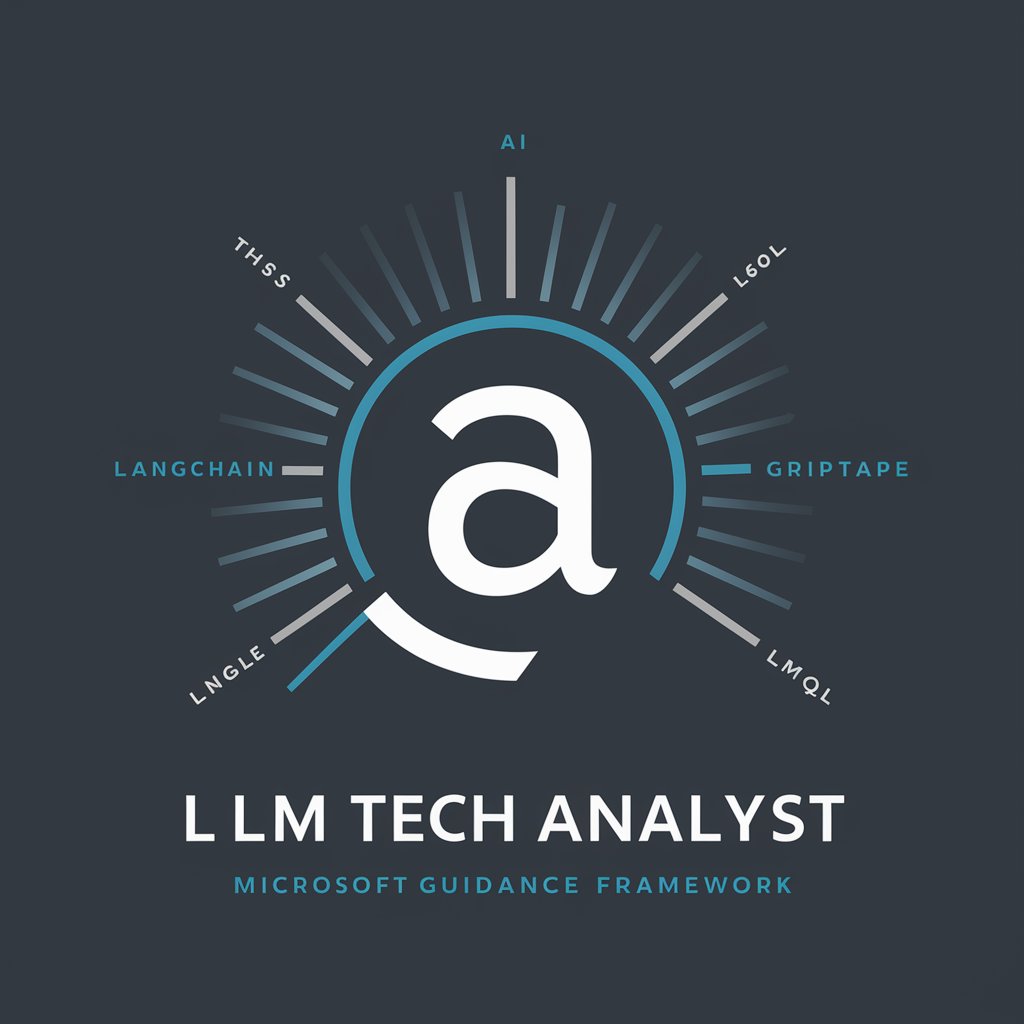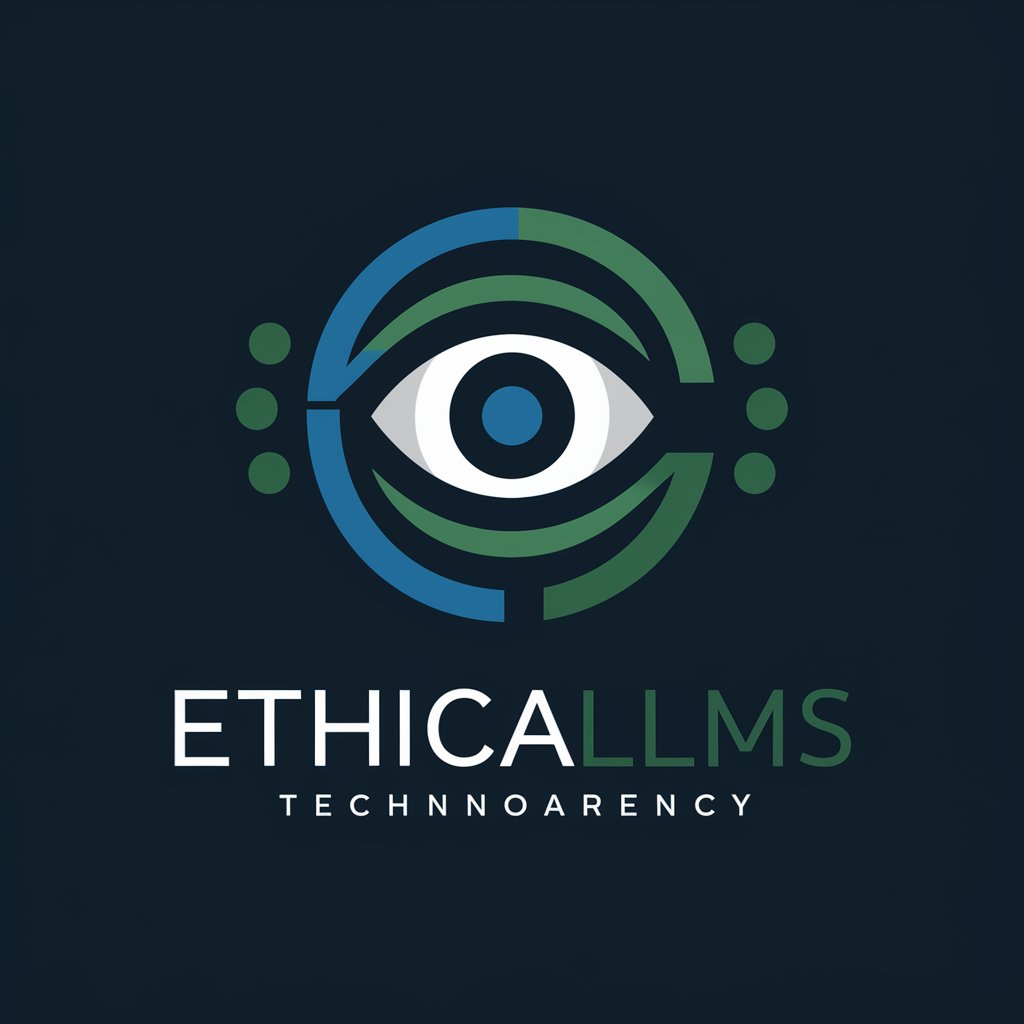
Data LLM - Automated Data Analysis
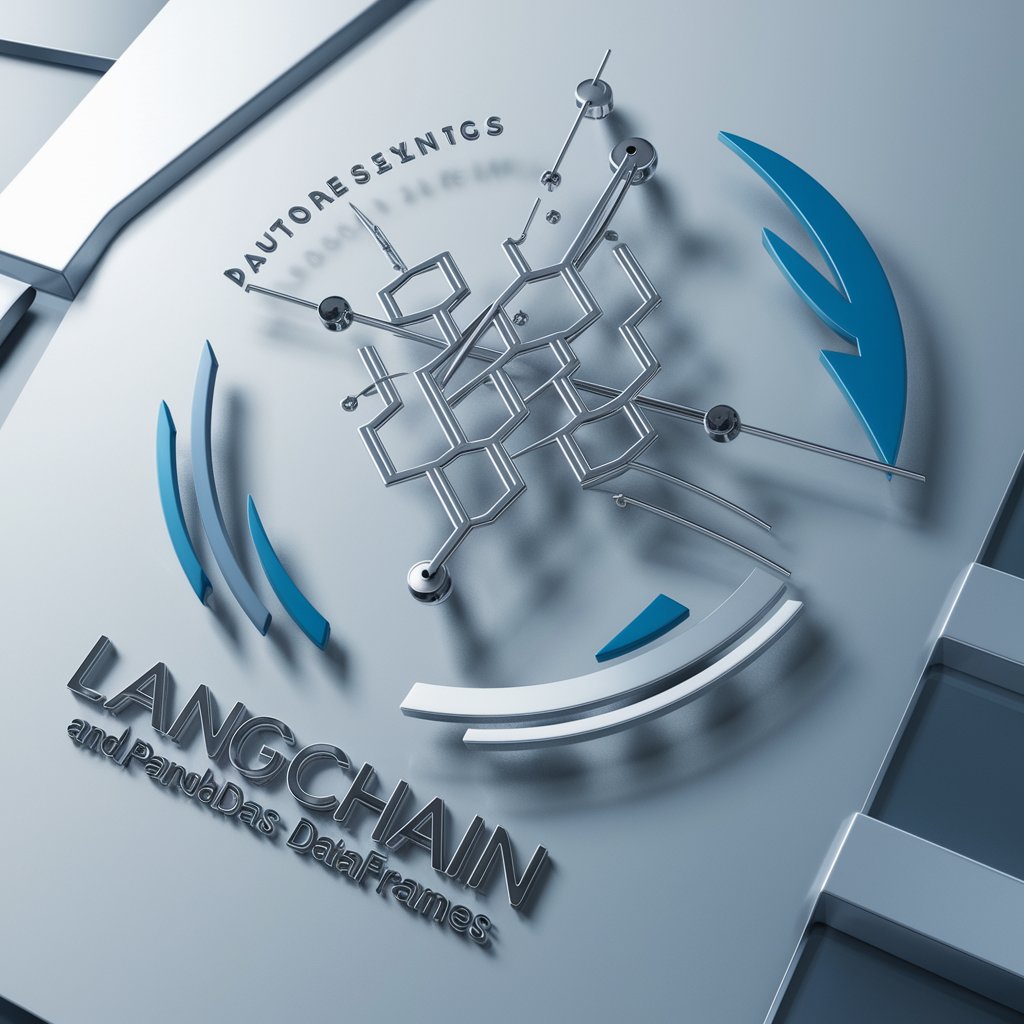
Welcome to seamless data and AI integration!
Empowering Data Insights with AI
Analyze the dataset to determine...
Generate a workflow that integrates LangChain and...
Provide insights based on the given data...
Transform the data to better understand...
Get Embed Code
Introduction to Data LLM
Data LLM is a specialized version of the ChatGPT model, designed to excel in the integration of LangChain with pandas dataframes and leveraging LLMs (Large Language Models) for processing and analyzing data within these dataframes. Its primary goal is to automate workflows and provide scripts for these integrations, thereby streamlining the connection between LangChain and various LLMs such as LLaMA-2, Dolly 2.0, or GPT-4. Data LLM facilitates complex data queries, offers insights, and suggests data transformations based on the dataframe's content. For example, Data LLM can automatically generate code to merge multiple data sources, perform sentiment analysis on textual data, or predict trends based on historical data patterns. This expertise makes the process of data analysis more efficient and intuitive, particularly for users in data-intensive fields. Powered by ChatGPT-4o。

Main Functions of Data LLM
Automating Data Workflow
Example
Generating Python code to automate the preprocessing of data, such as handling missing values, encoding categorical variables, and normalizing datasets.
Scenario
In a scenario where a data scientist needs to clean a dataset for machine learning, Data LLM can provide a script that automates this preprocessing, saving time and reducing manual errors.
Insight Generation and Data Analysis
Example
Applying NLP techniques to analyze customer reviews and extract sentiment scores, trends, and key themes.
Scenario
For a business analyst looking to understand customer sentiment from online reviews, Data LLM can analyze the text, categorize sentiments as positive, negative, or neutral, and highlight prevalent themes, thus informing product development and marketing strategies.
Data Integration and Transformation
Example
Creating workflows to merge data from different sources, transform it into a unified format, and conduct analysis to derive actionable insights.
Scenario
When an organization needs to integrate sales data from different regions stored in separate databases, Data LLM can automate the integration and transformation process, facilitating a comprehensive analysis of sales performance.
Ideal Users of Data LLM Services
Data Scientists and Analysts
Professionals who manage large volumes of data and require efficient tools to preprocess, analyze, and draw insights from this data. They benefit from Data LLM's ability to automate data workflows, perform complex analyses, and suggest data transformations.
Business Analysts
Individuals looking to leverage data to inform business decisions, identify trends, and optimize strategies. Data LLM's capacity to generate insights from data helps them understand market dynamics, customer behavior, and operational efficiencies.
Developers and Engineers
Those involved in the development of data-driven applications or services, seeking to streamline the integration of various data sources and apply LLMs for enhanced functionality. Data LLM's automation and scripting capabilities reduce development time and increase the reliability of data integrations.

How to Use Data LLM
Start with YesChat
Access a free trial at yeschat.ai without the need for a login or subscribing to ChatGPT Plus.
Understand Your Needs
Identify the specific data analysis or processing task you aim to accomplish with Data LLM, such as data integration, automation, or interpretation.
Prepare Your Data
Ensure your data is in a structured format, preferably within pandas dataframes, as Data LLM operates optimally with structured data inputs.
Interact with Data LLM
Utilize the tool's interface to input your data and specify the type of analysis or processing you require, leveraging its automation and LLM integration capabilities.
Evaluate and Iterate
Review the insights or outputs provided by Data LLM, and iteratively refine your queries or data inputs based on the feedback to enhance the results.
Try other advanced and practical GPTs
Celestial Astrologist Guru
Navigate life's journey with celestial insight.

Mystic Scholar Waite
Unlocking Mystical Wisdom with AI

InfoTest Pro
Empower Decisions with AI-Powered Analysis

Smiley Smith
Elevate Your Messages with AI-Powered Emojis

周易先知
Empowering decisions with AI-powered I Ching wisdom
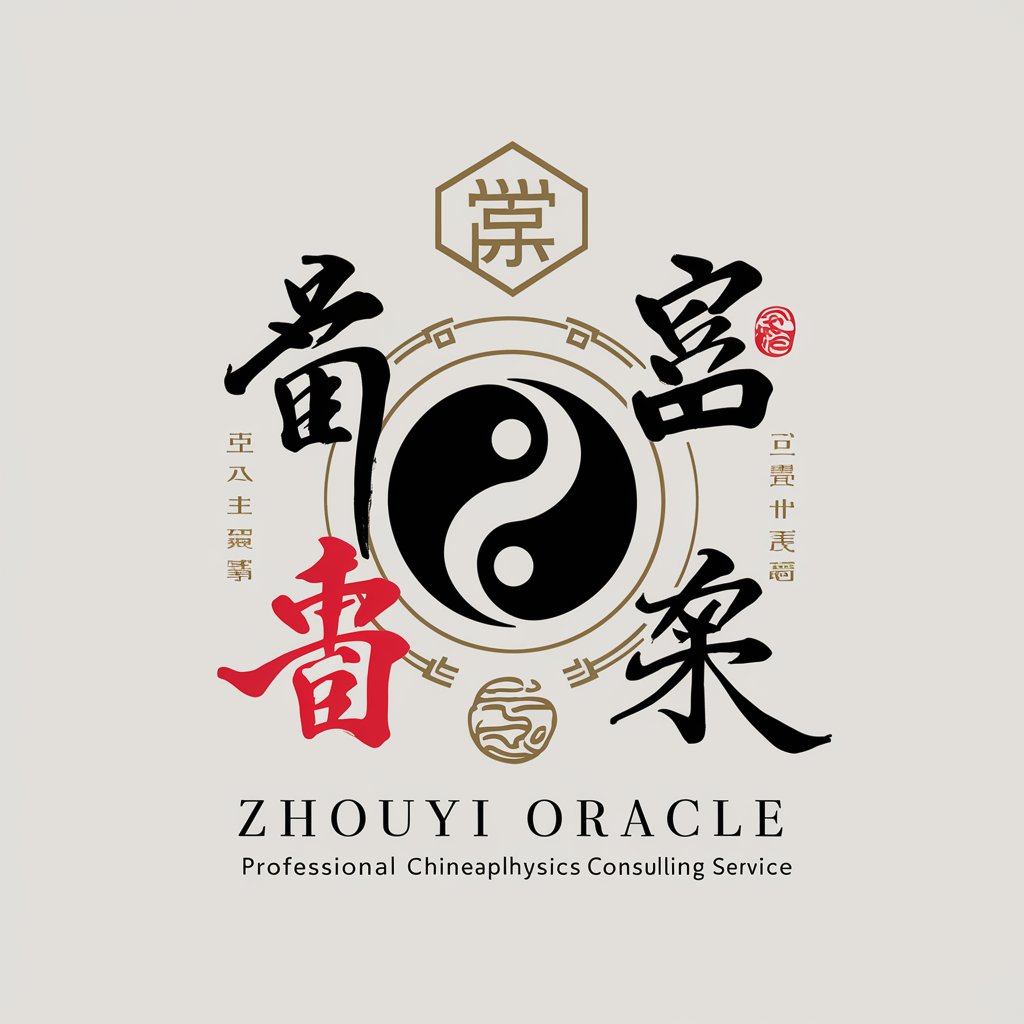
RoastGPT: Comeback Generator
AI-powered Wit at Your Service
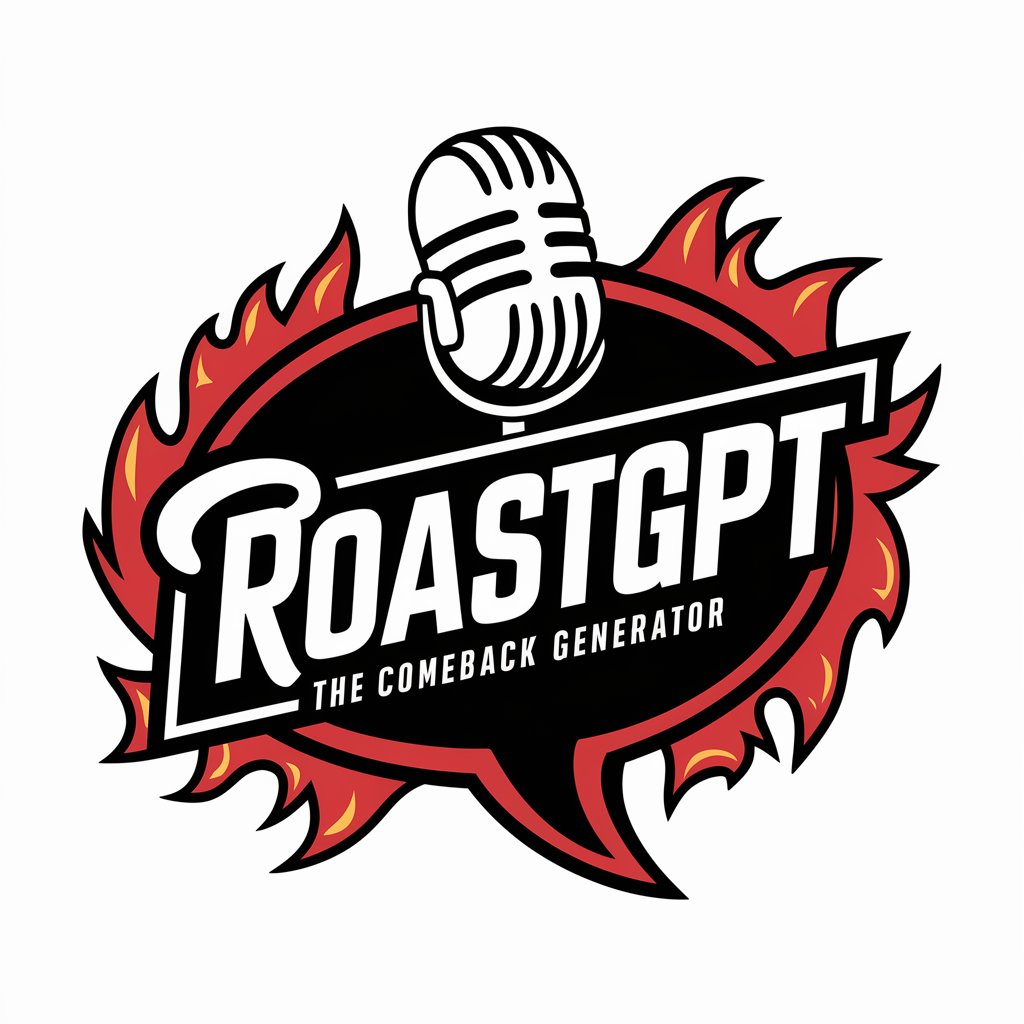
Tactic Master Interactive
Strategize, Manage, and Win with AI

Hudson Street Library Docent
Unlock Library Insights with AI

Genetic Lifeform and Disk Operating System
Empowering Creativity with AI

Best Python Coder
AI-powered Python Coding Assistance
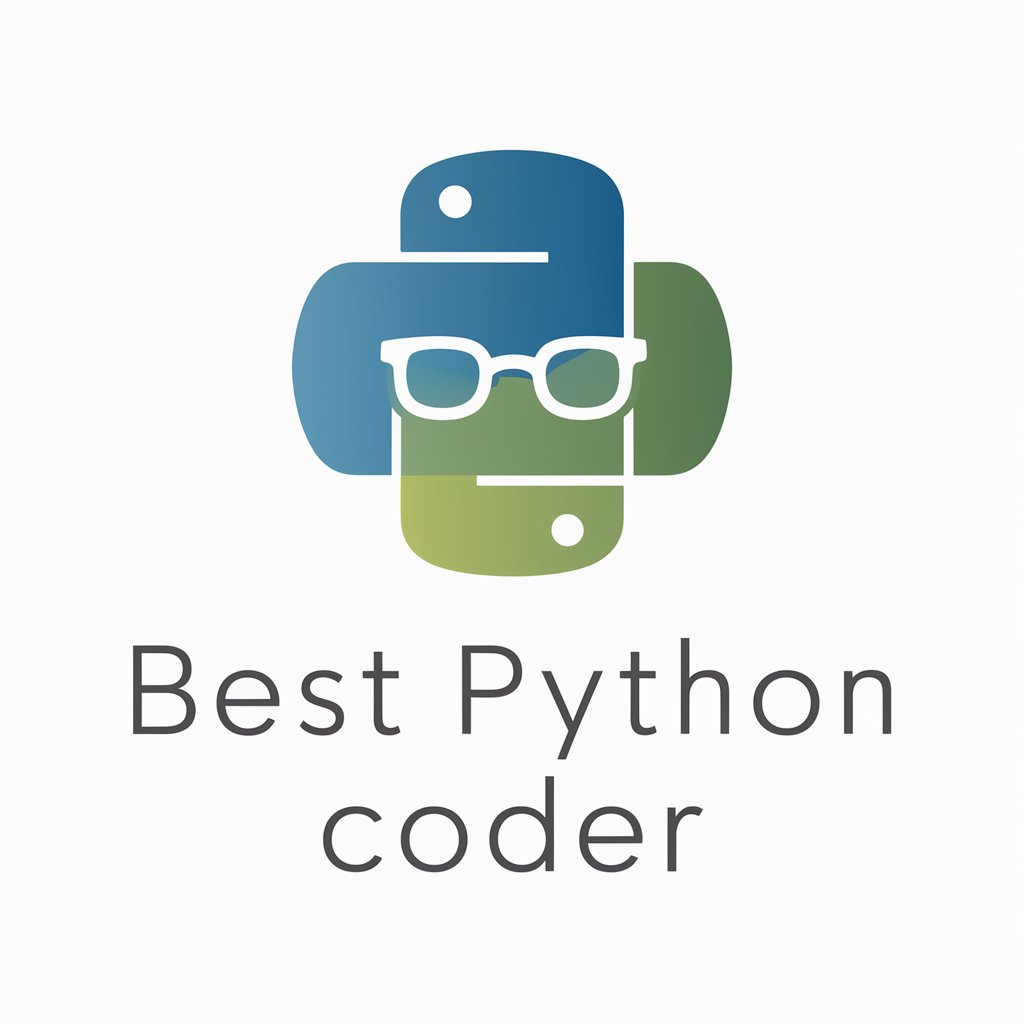
CEO Advisor
AI-powered strategic business advisor.

Career Guide
Empower Your Career with AI

Data LLM FAQs
What is Data LLM and how does it work?
Data LLM is a tool designed to automate the integration of LangChain with pandas dataframes, facilitating seamless interaction with LLMs for data analysis and interpretation. It processes structured data inputs to provide insights, suggest data transformations, and support decision-making.
Can Data LLM integrate with any LLM?
Yes, Data LLM is designed to be compatible with various LLMs, including LLaMA-2, Dolly 2.0, and GPT-4, offering flexibility in choosing the most suitable LLM for your specific data analysis needs.
What types of data analysis can Data LLM perform?
Data LLM can perform a wide range of data analysis tasks, from simple data transformations and summarizations to complex interpretations and predictions, making it suitable for diverse applications across different fields.
How user-friendly is Data LLM for non-technical users?
Data LLM is designed with a user-friendly interface that simplifies complex data analysis tasks, making it accessible to users with varying levels of technical expertise. Interactive guides and documentation further enhance its usability.
What are the benefits of using Data LLM for data analysis?
Using Data LLM for data analysis offers benefits such as time savings through automation, enhanced accuracy in data interpretation, and the ability to leverage advanced LLM capabilities without needing in-depth programming skills.

